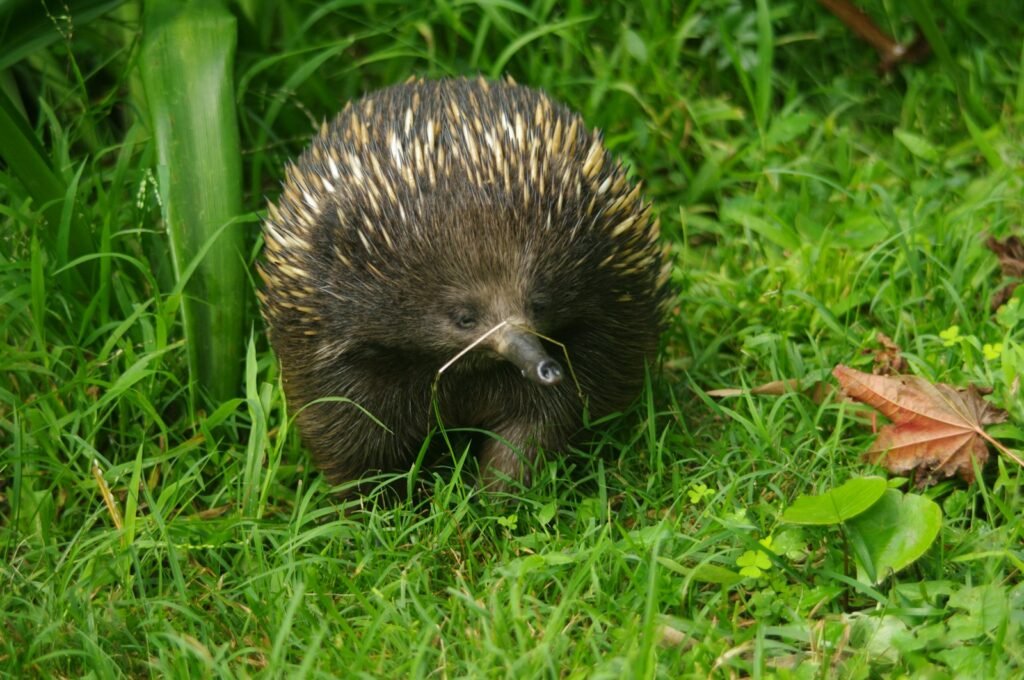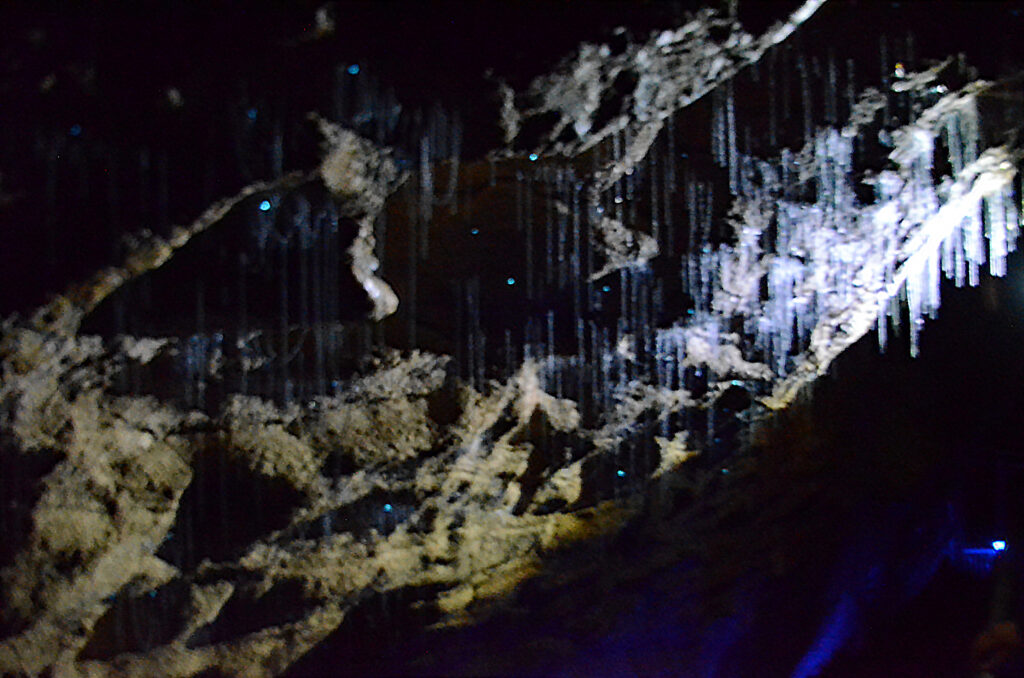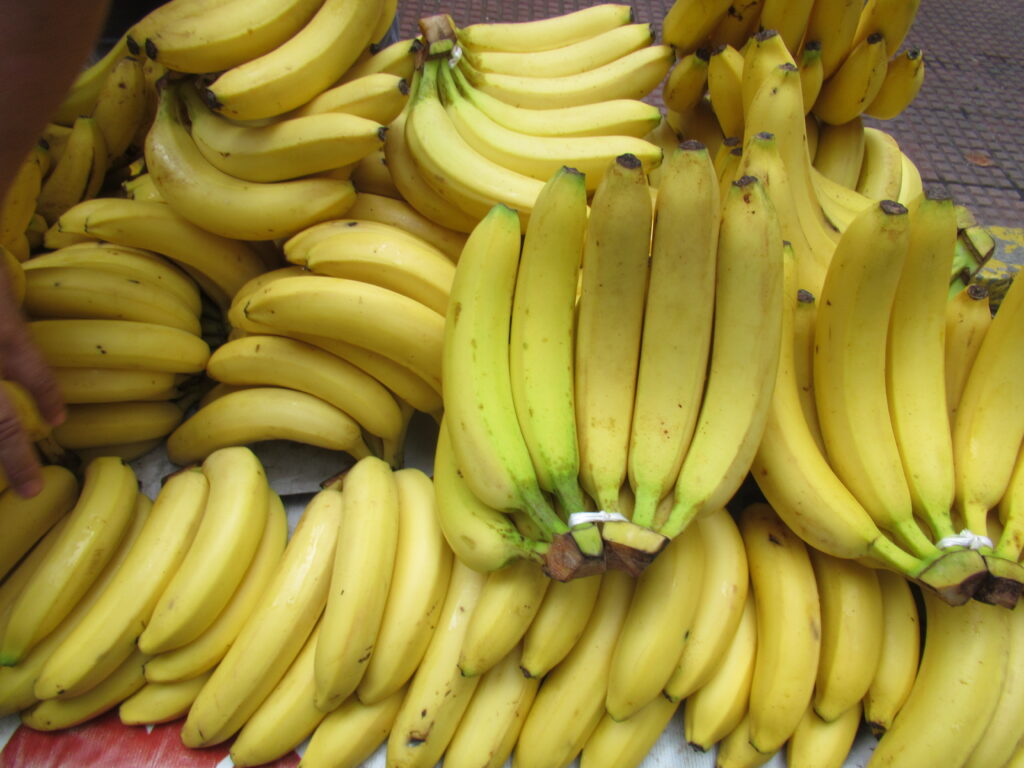In a surprising turnaround that defies conventional evolutionary hypotheses, recent research indicates that echidnas Australia’s mysterious, spiny, egg-laying mammals could have evolved from aquatic origins instead of terrestrial ones. This finding, released in PNAS, upends the textbook narrative for how scientists think about monotremes, the strange branch of mammals that comprises echidnas and platypuses.
If true, it would represent one of the most unusual evolutionary reversals in mammalian history: coming back to land from water. Whereas whales, seals, and otters famously went aquatic, echidnas could well be one of the only mammals to do the reverse, a biological U-turn that compounds the enigma of their strange body plan.
A Bone of Contention: The Fossil That Rewrites History

The most important evidence is from a 108-million-year-old humerus bone of Kryoryctes cadburyi, an extinct monotreme found in Australia’s Dinosaur Cove. The original surface structure of the fossil was similar to that of living echidnas, so scientists presumed it was a terrestrial animal. But when scientists used micro-CT scans to peer inside the bone, they found something unexpected.
“The internal structure looked more like a platypus than an echidna,” said Sue Hand, a vertebrate paleontologist at the University of New South Wales and co-author of the study. Unlike echidnas, which have thin-walled bones, K. cadburyi had thick, dense bones—a trait seen in modern platypuses, which use them as ballast for diving.
This discovery suggests that echidnas’ ancestors were likely semi-aquatic, burrowing animals before adapting to life on land, a transition so rare that Hand calls it “virtually unheard of” in mammalian evolution.
The Great Evolutionary Flip: Why Going Back to Land Is So Rare

Most mammals that immerse in water such as whales, manatees, and seals seldom go back to land life. Having become totally aquatic, their bodies are too specialized to be reversed. But semi-aquatic mammals such as platypuses still have characteristics which might enable a switch in either direction.
“Platypuses are already amphibious, so their ancestors would have had the flexibility to evolve back onto land,” Hand explained. This adaptability might explain how echidnas emerged from a platypus-like lineage, shedding their aquatic traits over millions of years.
Echidnas’ Watery Past: Hidden Clues in Their Bodies

Beyond fossils, echidnas still carry biological relics of their aquatic ancestry. As embryos, they develop electroreceptors in their beaks a feature shared with platypuses, which use them to detect prey underwater. While echidnas no longer hunt in water, this vestigial trait hints at an evolutionary past where electrical sensing was crucial.
Even their hind feet tell a story. Echidnas’ backward-pointing feet, used for digging, mirror the platypus’s swimming stance. “It’s as if their anatomy remembers an old way of moving,” said Tim Flannery, a paleontologist at the Australian Museum who was not involved in the study.
The Fossil Gap: Why Echidnas’ Origins Remain Shrouded

Despite the compelling evidence, critical pieces of the puzzle are missing. Platypus-like fossils date back 100 million years, but the oldest definitive echidna fossils are less than 2 million years old. This enormous gap leaves scientists guessing when and how echidnas fully transitioned to land.
“Most monotreme fossils are just teeth and jaws,” Hand noted. The K. cadburyi humerus is the only limb bone from that era, making it a rare and invaluable clue.
A Rare Evolutionary Anomaly With Big Implications
If echidnas truly evolved from water to land, they join an exclusive club of evolutionary oddities. Among mammals, only a handful of species like the extinct Pezosiren (a land-returning ancestor of manatees) are thought to have made this reversal.
“This discovery reshapes how we think about mammalian adaptability,” Flannery said. “It shows that evolution isn’t always a one-way street.”
What’s Next? Hunting for More Missing Links

The second step is to discover more fossils to complete the records of monotreme history. Scientists are specially interested in finding limb bones from other extinct animals to determine whether they have the semi-aquatic features of K. cadburyi.
For the moment, the echidna’s history is a fascinating enigma that reminds us that even the most common animals can still surprise us. As Hand says: “Nature loves a good plot twist.”
Sources:

Jan loves Wildlife and Animals and is one of the founders of Animals Around The Globe. He holds an MSc in Finance & Economics and is a passionate PADI Open Water Diver. His favorite animals are Mountain Gorillas, Tigers, and Great White Sharks. He lived in South Africa, Germany, the USA, Ireland, Italy, China, and Australia. Before AATG, Jan worked for Google, Axel Springer, BMW and others.




